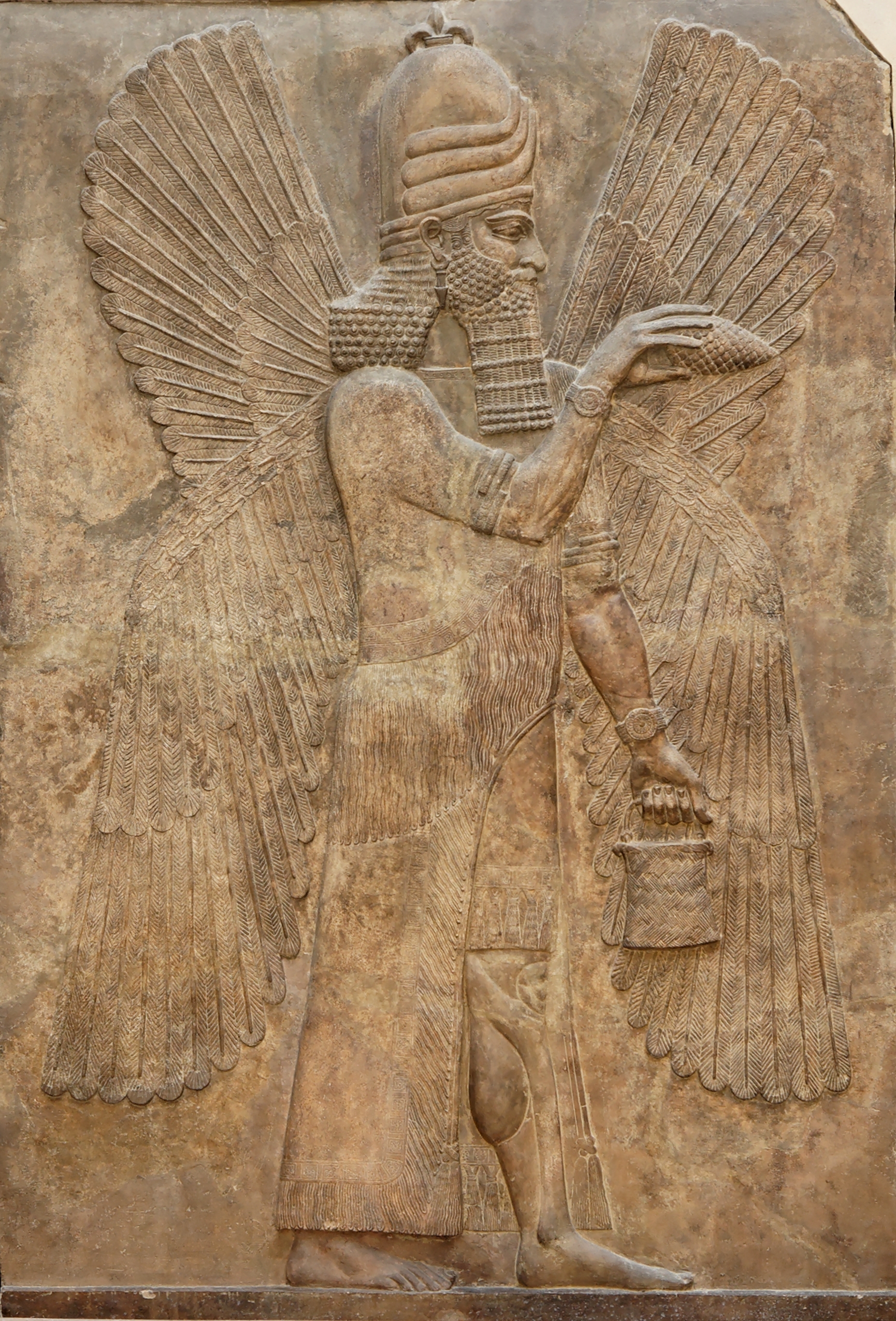Roots of Magic episode
August 13, 2025
Frank Simons on the Mesopotamian Šurpu Ritual

Roots of Magic Interview 6
The ritual and incantation series Šurpu, ‘Burning’, is one of the longest and most complex magical texts to survive from the ancient world. We are only now really coming to grips with the history of this practice, and Frank Simons is at the forefront of that research project. We begin by discussing the state of the sources – loads of fragments of ritual instructions and incantations, switching between Sumerian and Akkadian, written upon clay tablets dating from a thousand-year-or-so period (people were still doing Šurpu under the Seleukids, and in all probability under the Romans as well).
- We discuss the long history of this text and the practice lying behind it. We learn something about the religious world-view lying behind the ritual, wherein ‘magic’ is all about getting the gods to do things for you,
- We talk about the extraordinary poetic qualities of the ritual litany,
- We discuss the roles of the ashipu, the practitioner who performs the ritual, of the scribes who copied the ritual texts (and may have been the same people as the ashipus), and of the ‘patients’, the ones suffering from ailments or other negative effects which have driven them to seek out Šurpu,
- Some extraordinary ritual parallels with healing practices performed today in Bali in a Hindu context,
- And finally Frank Simons leads us through the ritual, step-by-step.
 Interview Bio:
Interview Bio:
Frank Simons is a Junior Research Fellow in MagEIA, and a PI on the Research Ireland funded Pathways Project, Mesopotamian Psychiatry. He is currently working on a critical edition of the Šurpu-ritual texts.
Works Cited in this Episode
Daniel Schwemer on how the gods speak Sumerian: personal communication to Frank Simons.
Suggestion that cannabis was used at the end of the ritual: see Hartmut Wätzold. Leinen (Flachs). In D.O. Edzard, editor, Reallexikon der Assyriologie und Vorderasiatischen Archäologie, pages 583–94. De Gruyter, Berlin/New York, NY, 5th edition, 1980–1983, specifically, page 587. Sallaberger and Brünke have offered further thoughts on it, but not especially firm ones, in Hagan Brunke and Walther Sallaberger. Aromata für Düftol. In Alexandra Kleinerman and Jack M. Sasson, editors, Why Should Someone Who Knows Something Conceal It? Cuneiform Studies in Honor of David I. Owen on His 70th Birthday, pages 41–74. CDL Press, Bethesda, MD, 2010, p. 51.
Recommended Reading:
SHWEP RoM 6 Recommended Reading
Themes
Addressative Magic, Divination, Exorcism, Interview, Medicine, Polytheism


Comments
Comments are open to SHWEP members only
Join now to comment
Already a member? Log in here